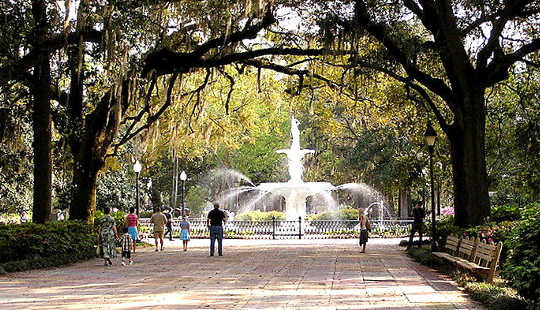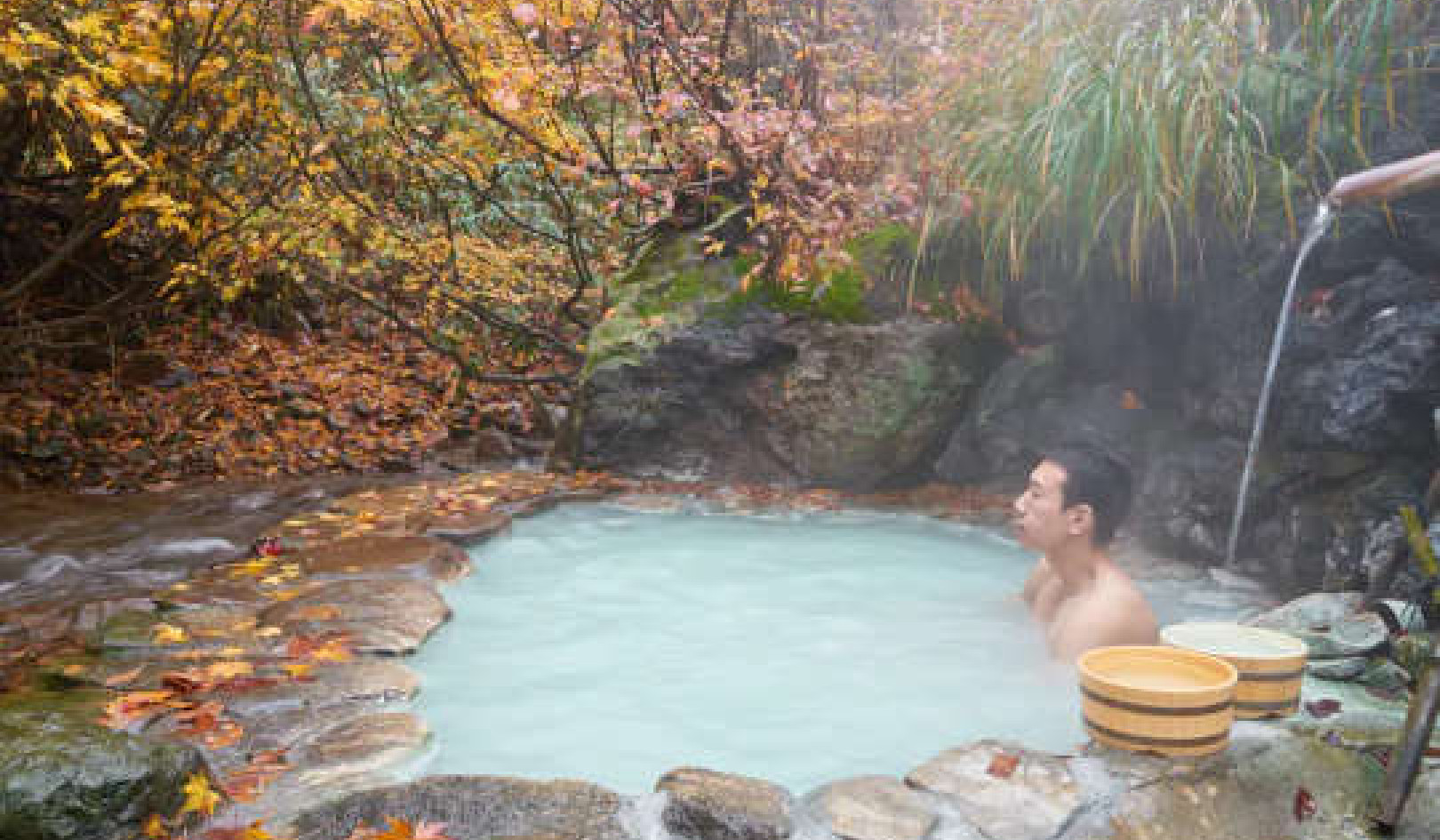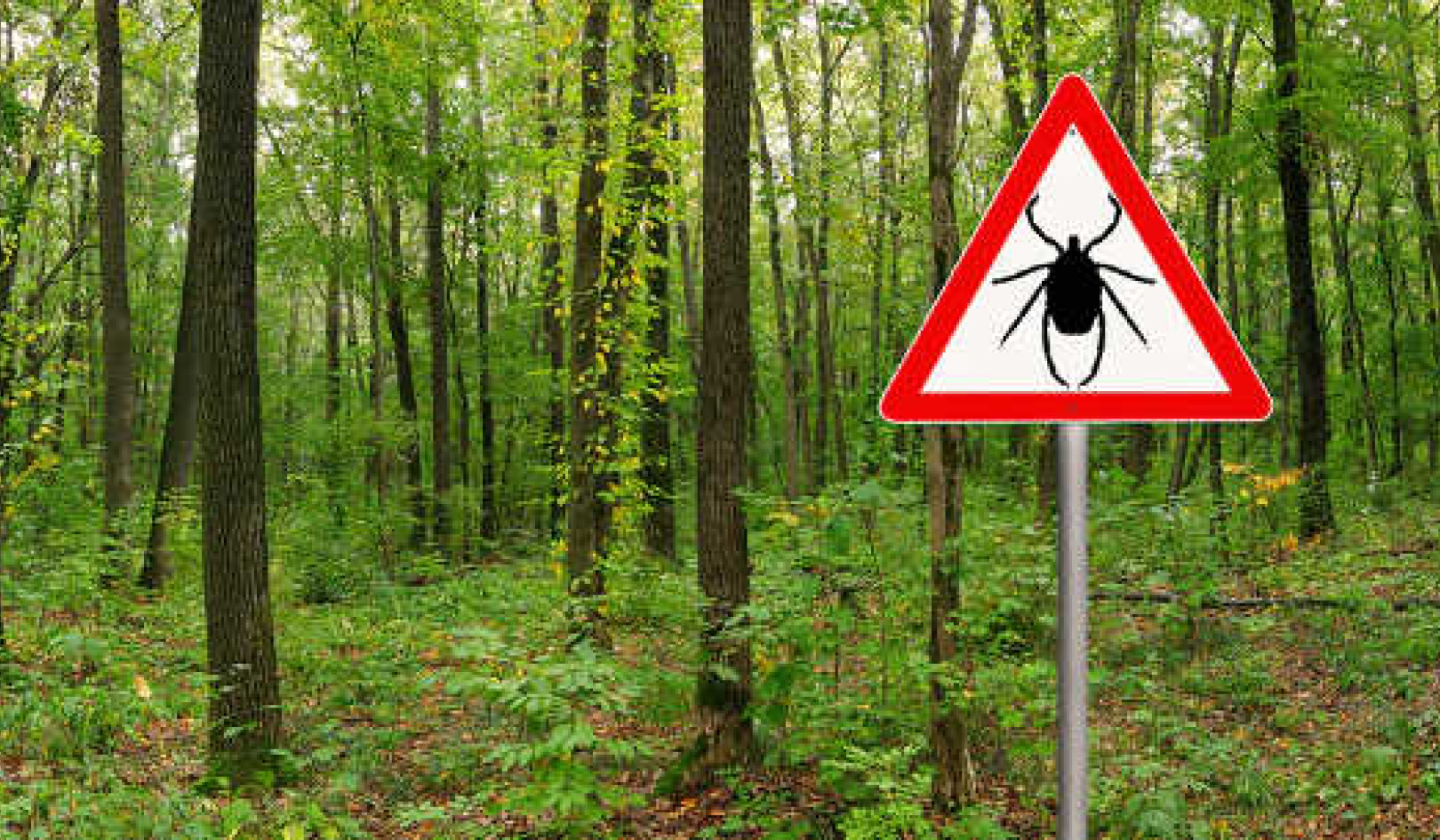 Savannah, Georgia (Wikimedia/fgrammen)
Savannah, Georgia (Wikimedia/fgrammen)
For hundreds of years, city planners have developed parks, planted trees and set aside open space in urban environments. Boston Common, a public square used for grazing livestock since 1634, was converted into a park in 1830. A quarter of a century later, New York’s Central Park opened, designed by Frederick Law Olmsted and Calvert Vaux. Olmsted, originally a journalist by trade, went on to develop parks throughout the United States, including in Wisconsin, Colorado, Washington, Georgia and the District of Columbia.
The terms “urban greenery,” “green space” and “open space” all refer to urban design elements meant for recreation or improving a neighborhood’s aesthetic appeal — trees and other plants in parks, sidewalks or elsewhere; public plazas, schoolyards and playgrounds; and public lands covered with trees, shrubs and grass. Such projects can also function as “green infrastructure,” helping mitigate the urban heat island effect, filtering air and reducing runoff. A 2008 study of low-income Philadelphia neighborhoods even found that newly planted trees boosted sale prices of nearby houses by 2%.
In recent years growth has returned to U.S. city centers, and many municipalities have shown a renewed interest in incorporating green space and vegetation into the urban environment. In 2011 New York City opened the High Line, an elevated linear park converted from an abandoned rail line, while cities as diverse as Los Angeles, Denver and Miami have launched campaigns to plant 1 million trees. The distribution of green space often reflects the economic makeup of neighborhoods, however: A 2013 investigation by the Washington Post found that wealthier areas of the District of Columbia had an 81% average tree-cover rating, while lower income areas averaged only 48% coverage. To counter the shortage of vegetation in poorer neighborhoods, Philadelphia began a program to convert vacant lots into publicly accessible green spaces.
In recent years, researchers have been looking into another potential benefit of green space and vegetation — improvements to public health — but a clear consensus has yet to emerge. A 2011 systematic review found that there is only “weak evidence for the links between physical, mental health and well-being, and urban green space.” Two years later, however, another systematic review concluded that “the balance of evidence indicates conclusively that knowing and experiencing nature makes us generally happier, healthier people.”
Get The Latest By Email
A 2010 meta-analysis in BMC Public Health have found that, compared to walking or running in “synthetic environments,” doing so in green spaces led to decreased anger, fatigue and feelings of depression in addition to increased attention levels. (However, many were short-term studies involving mainly college students, and did not assess health outcomes.) A 2008 study by Australian researchers and 2010 research in the Journal of Public Health explored the relationship between green space, social contacts and health benefits.
For More Information
“The Impact of Interventions to Promote Physical Activity in Urban Green Space: A Systematic Review and Recommendations for Future Research”
Hunter, Ruth F.; et al. Social Science & Medicine, Volume 124, January 2015, Pages 246–256. doi:10.1016/j.socscimed.2014.11.051
Abstract: “Evidence is mounting on the association between the built environment and physical activity (PA) with a call for intervention research. A broader approach which recognizes the role of supportive environments that can make healthy choices easier is required. A systematic review was undertaken to assess the effectiveness of interventions to encourage PA in urban green space. Five databases were searched independently by two reviewers using search terms relating to ‘physical activity’, ‘urban green space’ and ‘intervention’ in July 2014…. Of the 2,405 studies identified, 12 were included. There was some evidence (4/9 studies showed positive effect) to support built environment only interventions for encouraging use and increasing PA in urban green space. There was more promising evidence (3/3 studies showed positive effect) to support PA programs or PA programs combined with a physical change to the built environment, for increasing urban green space use and PA of users. Recommendations for future research include the need for longer term follow-up post-intervention, adequate control groups, sufficiently powered studies, and consideration of the social environment, which was identified as a significantly under-utilized resource in this area. Interventions that involve the use of PA programs combined with a physical change to the built environment are likely to have a positive effect on PA. Robust evaluations of such interventions are urgently required. The findings provide a platform to inform the design, implementation and evaluation of future urban green space and PA intervention research.”
“Green Spaces and Cognitive Development in Primary Schoolchildren”
Dadvand, Payam; et al. Proceeds of the National Academy of Sciences, May 2015, Vol. 112, No. 26. doi: 10.1073/pnas.1503402112.
Abstract: “Green spaces have a range of health benefits, but little is known in relation to cognitive development in children. This study, based on comprehensive characterization of outdoor surrounding greenness (at home, school, and during commuting) and repeated computerized cognitive tests in schoolchildren, found an improvement in cognitive development associated with surrounding greenness, particularly with greenness at schools. This association was partly mediated by reductions in air pollution. Our findings provide policymakers with evidence for feasible and achievable targeted interventions such as improving green spaces at schools to attain improvements in mental capital at population level.”
“Access to Green Space, Physical Activity and Mental Health: A Twin Study”
Cohen-Cline, Hannah; Turkheimer, Eric; Duncan, Glen E. Journal of Epidemiology and Community Health, 2015, 69:523-529. doi: 10.1136/jech-2014-204667.
Abstract: “The aim of this study was to examine the association between access to green space and mental health among adult twin pairs. Methods: We used a multilevel random intercept model of same-sex twin pairs (4,338 individuals) from the community-based University of Washington Twin Registry to analyse the association between access to green space, as measured by the Normalised Difference Vegetation Index and self-reported depression, stress, and anxiety. The main parameter of interest was the within-pair effect for identical (monozygotic, MZ) twins because it was not subject to confounding by genetic or shared childhood environment factors. Models were adjusted for income, physical activity, neighborhood deprivation and population density. Results: When treating twins as individuals and not as members of a twin pair, green space was significantly inversely associated with each mental-health outcome. The association with depression remained significant in the within-pair MZ univariate and adjusted models; however, there was no within-pair MZ effect for stress or anxiety among the models adjusted for income and physical activity. Conclusions: These results suggest that greater access to green space is associated with less depression, but provide less evidence for effects on stress or anxiety. Understanding the mechanisms linking neighborhood characteristics to mental health has important public health implications. Future studies should combine twin designs and longitudinal data to strengthen causal inference.”
“The Health Benefits of Urban Green Spaces: A Review of the Evidence”
Lee, A.C.K.; Maheswaran, R. Journal of Public Health, 2010. Vol. 33, Issue 2. doi: 10.1093/pubmed/fdq068.
Overview: “Methods: A literature search of academic and grey literature was conducted for studies and reviews of the health effects of green space…. Results: There is weak evidence for the links between physical, mental health and well-being, and urban green space. Environmental factors such as the quality and accessibility of green space affects its use for physical activity. User determinants, such as age, gender, ethnicity and the perception of safety, are also important. However, many studies were limited by poor study design, failure to exclude confounding, bias or reverse causality and weak statistical associations. Conclusion: Most studies reported findings that generally supported the view that green space has a beneficial health effect. Establishing a causal relationship is difficult, as the relationship is complex. Simplistic urban interventions may therefore fail to address the underlying determinants of urban health that are not remediable by landscape redesign.
“Humans and Nature: How Knowing and Experiencing Nature Affect Well-being”
Russel, Roly; et al. Annual Review of Environment and Resources, 2013, Vol. 38. doi: 10.1146/annurev-environ-012312-110838.
Abstract: “We synthesize multidisciplinary peer-reviewed research on contributions of nature or ecosystems to human well-being mediated through nontangible connections (such as culture). We characterize these connections on the basis of the channels through which such connections arise (i.e., knowing, perceiving, interacting with, and living within) and the components of human well-being they affect (e.g., physical, mental and spiritual health, inspiration, identity). We found enormous variation in the methods used, quantity of research, and generalizability of the literature. The effects of nature on mental and physical health have been rigorously demonstrated, whereas other effects (e.g., on learning) are theorized but seldom demonstrated. The balance of evidence indicates conclusively that knowing and experiencing nature makes us generally happier, healthier people. More fully characterizing our intangible connections with nature will help shape decisions that benefit people and the ecosystems on which we depend.”
“A Systematic Review of Evidence for the Added Benefits to Health of Exposure to Natural Environments”
Bowler, Diana; Buyung-Ali, Lisette; Knight, Teri; Pullin, Andrew. BMC Public Health, 2010, Vol. 10, Issue 456. doi: 10.1186/1471-2458-10-456.
Overview: “Twenty-five studies met the review inclusion criteria. Most of these studies were crossover or controlled trials that investigated the effects of short-term exposure to each environment during a walk or run. This included ‘natural’ environments, such as public parks and green university campuses, and synthetic environments, such as indoor and outdoor built environments. The most common outcome measures were scores of different self-reported emotions. Based on these data, a meta-analysis provided some evidence of a positive benefit of a walk or run in a natural environment in comparison to a synthetic environment. There was also some support for greater attention after exposure to a natural environment but not after adjusting effect sizes for pretest differences. Meta-analysis of data on blood pressure and cortisol concentrations found less evidence of a consistent difference between environments across studies. Conclusions: Overall, the studies are suggestive that natural environments may have direct and positive impacts on well-being, but support the need for investment in further research on this question to understand the general significance for public health.”
“Residential Greenness and Birth Outcomes: Evaluating the Influence of Spatially Correlated Built-Environment Factors”
Hystad, Perry; et al. Environmental Health Perspectives, 2014. doi: 10.1289/ehp.1308049.
Overview: “We examined associations between residential greenness (measured using satellite-derived normalized difference vegetation index (NDVI) within 100 meters of study participants’ homes) and birth outcomes in a cohort of 64,705 singleton births (from 1999–2002) in Vancouver, British Columbia, Canada. We also evaluated associations after adjusting for spatially correlated built environmental factors that may influence birth outcomes, including exposure to air pollution and noise, neighborhood walkability, and distance to the nearest park. Results: An interquartile increase in greenness [0.1 in residential NDVI] was associated with higher term birth weight (20.6 grams; 95% CI: 16.5, 24.7) and decreases in the likelihood of small for gestational age, very preterm (<30 weeks), and moderately preterm (30-36 weeks) birth. Associations were robust to adjustment for air pollution and noise exposures, neighborhood walkability, and park proximity. Conclusions: Increased residential greenness was associated with beneficial birth outcomes in this population-based cohort. These associations did not change after adjusting for other spatially correlated built environment factors, suggesting that alternative pathways (e.g. psychosocial and psychological mechanisms) may underlie associations between residential greenness and birth outcomes.”
“The Racial/Ethnic Distribution of Heat Risk-Related Land Cover in Relation to Residential Segregation”
Jesdale, Bill M.; Morello-Frosch, Rachel; Cushing, Lara. Environmental Health Perspectives, July 2013, Vol. 121, Issue 7. doi: 10.1289/ehp.1205919.
Overview: “Objective: We examined the distribution of heat risk–related land cover (HRRLC) characteristics across racial/ethnic groups and degrees of residential segregation…. Results: After adjustment for ecoregion and precipitation, holding segregation level constant, non-Hispanic blacks were 52% more likely (95% CI: 37%, 69%), non-Hispanic Asians 32% more likely (95% CI: 18%, 47%), and Hispanics 21% more likely (95% CI: 8%, 35%) to live in HRRLC conditions compared with non-Hispanic whites. Within each racial/ethnic group, HRRLC conditions increased with increasing degrees of metropolitan area-level segregation. Further adjustment for home ownership and poverty did not substantially alter these results, but adjustment for population density and metropolitan area population attenuated the segregation effects, suggesting a mediating or confounding role. Conclusion: Land cover was associated with segregation within each racial/ethnic group, which may be explained partly by the concentration of racial/ethnic minorities into densely populated neighborhoods within larger, more segregated cities. In anticipation of greater frequency and duration of extreme heat events, climate change adaptation strategies, such as planting trees in urban areas, should explicitly incorporate an environmental justice framework that addresses racial/ethnic disparities in HRRLC.”
“Would You Be Happier Living in a Greener Urban Area? A Fixed-Effects Analysis of Panel Data”
White, Mathew; Alcock, Ian; Wheeler, Benedict; Depledge, Michael. Psychological Science, 2013, Vol. 24, Issue 6. doi: 10.1177/0956797612464659.
Abstract: “Cross-sectional evidence suggests that living closer to urban green spaces, such as parks, is associated with lower mental distress. However, earlier research was unable to control for time-invariant heterogeneity (e.g., personality) and focused on indicators of poor psychological health. The current research advances the field by using panel data from over 10,000 individuals to explore the relation between urban green space and well-being (indexed by ratings of life satisfaction) and between urban green space and mental distress (indexed by General Health Questionnaire scores) for the same people over time. Controlling for individual and regional covariates, we found that, on average, individuals have both lower mental distress and higher well being when living in urban areas with more green space. Although effects at the individual level were small, the potential cumulative benefit at the community level highlights the importance of policies to protect and promote urban green spaces for well-being.”
“Effect of Exposure to Natural Environment on Health Inequalities: An Observational Population Study”
Mitchell, Richard; Popham, Frank. The Lancet, November 2008. Vol. 372, Issue 9650. doi: 10.1016/S0140-6736(08)61689-X.
Overview: “Findings: The association between income deprivation and mortality differed significantly across the groups of exposure to green space for mortality from all causes (p<0·0001) and circulatory disease (p=0·0212), but not from lung cancer or intentional self-harm. Health inequalities related to income deprivation in all-cause mortality and mortality from circulatory diseases were lower in populations living in the greenest areas. The incidence rate ratio (IRR) for all-cause mortality for the most income-deprived quartile compared with the least deprived was 1.93 (95% CI 1·86-2·01) in the least green areas, whereas it was 1.43 (1.34-1.53) in the most green. For circulatory diseases, the IRR was 2.19 (2.04-2.34) in the least green areas and 1.54 (1.38-1.73) in the most green. There was no effect for causes of death unlikely to be affected by green space, such as lung cancer and intentional self-harm.Interpretation: Populations that are exposed to the greenest environments also have lowest levels of health inequality related to income deprivation. Physical environments that promote good health might be important to reduce socioeconomic health inequalities.”
“A Difference-in-Differences Analysis of Health, Safety, and Greening Vacant Urban Space”
Branas, Charles C.; et al. American Journal of Epidemiology, 2011, Vol. 174, Issue 11. doi: 10.1093/aje/kwr273.
Abstract:“Greening of vacant urban land may affect health and safety. The authors conducted a decade-long difference-in-differences analysis of the impact of a vacant lot greening program in Philadelphia, Pennsylvania, on health and safety outcomes. “Before” and “after” outcome differences among treated vacant lots were compared with matched groups of control vacant lots that were eligible but did not receive treatment. Control lots from two eligibility pools were randomly selected and matched to treated lots at a 3:1 ratio by city section. Random-effects regression models were fitted, along with alternative models and robustness checks. Across four sections of Philadelphia, 4,436 vacant lots totaling over 7.8 million square feet (about 725,000 square meters) were greened from 1999 to 2008. Regression-adjusted estimates showed that vacant lot greening was associated with consistent reductions in gun assaults across all four sections of the city (P < 0.001) and consistent reductions in vandalism in one section of the city (P < 0.001). Regression-adjusted estimates also showed that vacant lot greening was associated with residents’ reporting less stress and more exercise in select sections of the city (P < 0.01). Once greened, vacant lots may reduce certain crimes and promote some aspects of health..”







